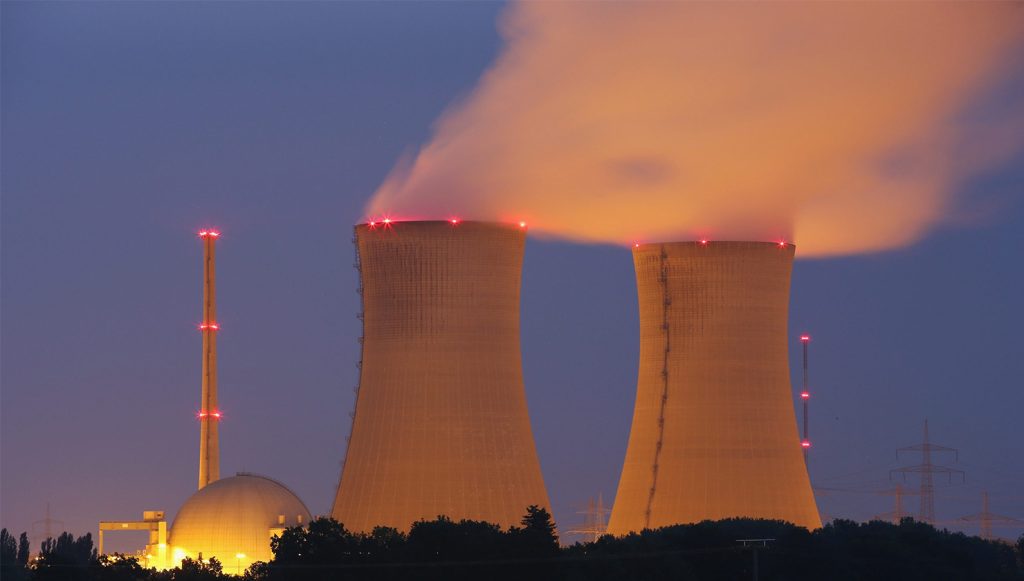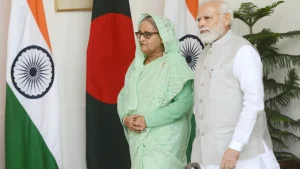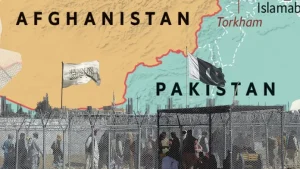In a world grappling with climate change, food security, and resource scarcity, few technologies hold as much transformative potential as nuclear science. Too often, however, the word “nuclear” is narrowly associated with weapons and deterrence, overshadowing its broader contributions to sustainable development. Nuclear technology has quickly emerged as a vital enabler of the United Nations Sustainability Goals (SDGs), from providing low-carbon energy (SDG 7) and ensuring food security (SDG 2), advancing public health (SDG 3), facilitating clean water access (SDG 6), and driving climate action (SDG 13). For Pakistan, this story is even more striking. Beyond the headlines of strategic security, the country’s nuclear program is silently powering hospitals, enabling water desalination, transforming agriculture, and mitigating climate risks. It is a paradox: the same technology that safeguards Pakistan’s borders is also enhancing health, agriculture, and fulfilling energy requirements through clean, greener sources. Pakistan is currently working on 13 SDGs out of 17, aligning its nuclear policies with global developent priorities. While Pakistan’s progress in applying peaceful nuclear technologies across energy, medicine, and agriculture is a remarkable success in advancing SDGs, a few pressing challenges still temper this progress.
As nuclear technology is considered a clean and green energy source, it is imperative for Pakistan to fully harness this technology, which will eventually assist in climate change mitigation. Presently, Pakistan operates six Nuclear Power Plants (NPPs): the Chashma Nuclear Power Plant (CHASNUPP), situated in Mianwali district, Punjab, with its active units C-1, C-2, C-3, and C-4, and Karachi Nuclear Power Plant (KANUPP) at Karachi, Sindh, K2 and K3. These NPPs are playing a vital role in fulfilling energy requirements, which contribute around 3530 megawatt to the national grid. The utilization of nuclear technology for energy helps in reducing Pakistan’s dependence on fossil fuels. Unlike fossil fuels, which make up 55.7% of the total electricity generation capacity, NPPs produce minimal greenhouse gas emissions, positioning them as a crucial pillar in Pakistan’s climate mitigation strategy that helps in achieving SDG 7. Coal consumption in Pakistan, despite its vast domestic reserves, carries multiple side effects for the environment, economy, public, and public health. Economically, reliance on expensive imported coal has driven up generation cost sharply, and drained over 1.5$ billion in import spending. The dependence and consumption of domestic fuel create air pollution, soil degradation, and water pollution. The average coal consumption is said to be 35.80% from 2025 to 2035, which underscores that Pakistan should shift towards nuclear technology and renewable sources, including wind and solar. Arguably, nuclear energy is one of the most reliable solutions for Pakistan as it provides an uninterrupted electricity supply while avoiding more than 80 billion tons of CO2 emissions.
Pakistan has made significant strides in applying nuclear technology to healthcare, most significantly for the treatment of cancer. The Pakistan Atomic Energy Commission (PAEC) has so far established 19 cancer hospitals across the country, and the 20th is under construction in Muzaffarabad, providing appropriate diagnosis and treatment to thousands of patients annually. These facilities use nuclear techniques for cancer therapy, early disease detection, and treatment of cardiac and neurological disorders. While benefiting from these hospitals, approximately 40,000 cancer patients receive diagnostic and treatment procedures annually with subsidized rates or may be free of cost.
Pakistan utilizes the application of nuclear technology in the agriculture sector. This eventually helps in improving water management for irrigation purposes and food quality. PAEC, through its specialized institutes, has developed nearly 150 improved crop varieties using mutation breeding and radiation. The innovations directly advance SDG 2 (Zero Hunger) by improving crop yields, resilience, and food quality, while also reducing dependence on imports through locally adapted varieties. Beyond crop genetics, nuclear techniques are also employed to optimize water management through isotopes. This helps in identifying groundwater recharge zones, streamlining irrigation schedules, and mitigating salinity and waterlogging in the regions.
Despite the achievements, many challenges continue to hinder Pakistan’s full potential in leveraging peaceful nuclear technologies for sustainable development. First, Pakistan faces redoubtable barriers stemming from discriminatory global nuclear governance regimes, such as the Nuclear Supplier Group (NSG) , which limit its access to advanced civil nuclear technology. Secondly, domestically constrained financial resources and limited technical infrastructure hamper expansion across remote and rural areas. Moreover, public awareness of nuclear applications remains low. If coupled with economic instability and political discontinuities, it continues to undermine long-term commitment to nuclear-based development initiatives.
To achieve the UN SDGs by 2030, Islamabad needs to accelerate its efforts, such as broadening international engagement to ease access to technology despite global restrictions. Prioritizing investments in small modular reactors and rural applications is the best way to address energy gaps. Equally, public awareness campaigns are necessary to build trust in nuclear applications. Additionally, it should prioritize enhancing its cooperation with the International Atomic Energy Agency (IAEA) and developing indigenous policies and frameworks for active participation. Pakistan should treat the IAEA not as a regulator to appease but as a partner to innovate with. By driving joint initiatives in cancer treatment, low-carbon nuclear energy, and climate resilience crops, moreover, Islamabad can anchor its nuclear policy in human development. This would project Pakistan as a country using atomic power to heal, feed, and empower, not just to secure.
















